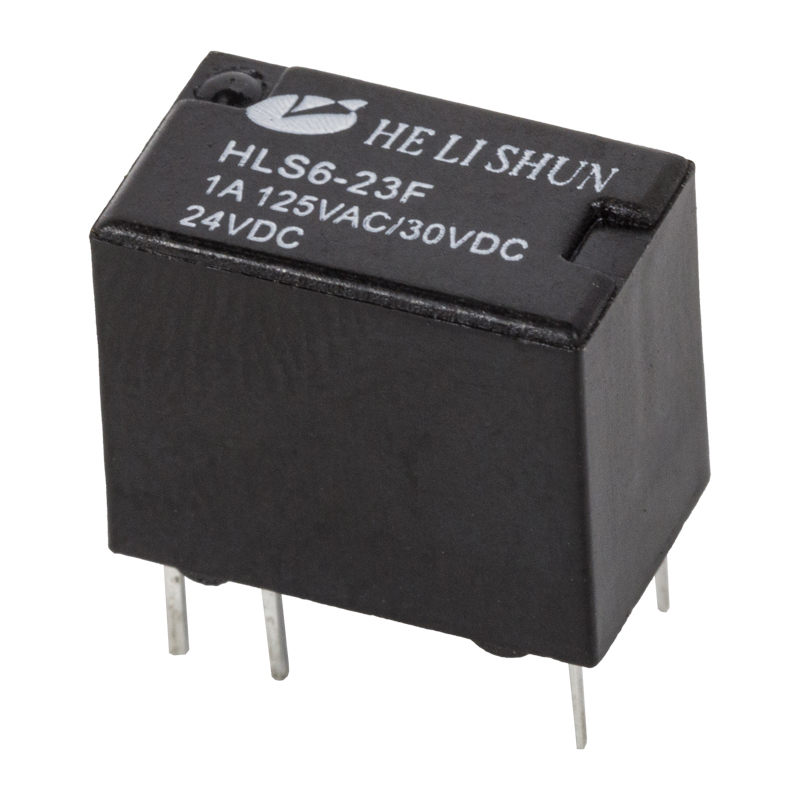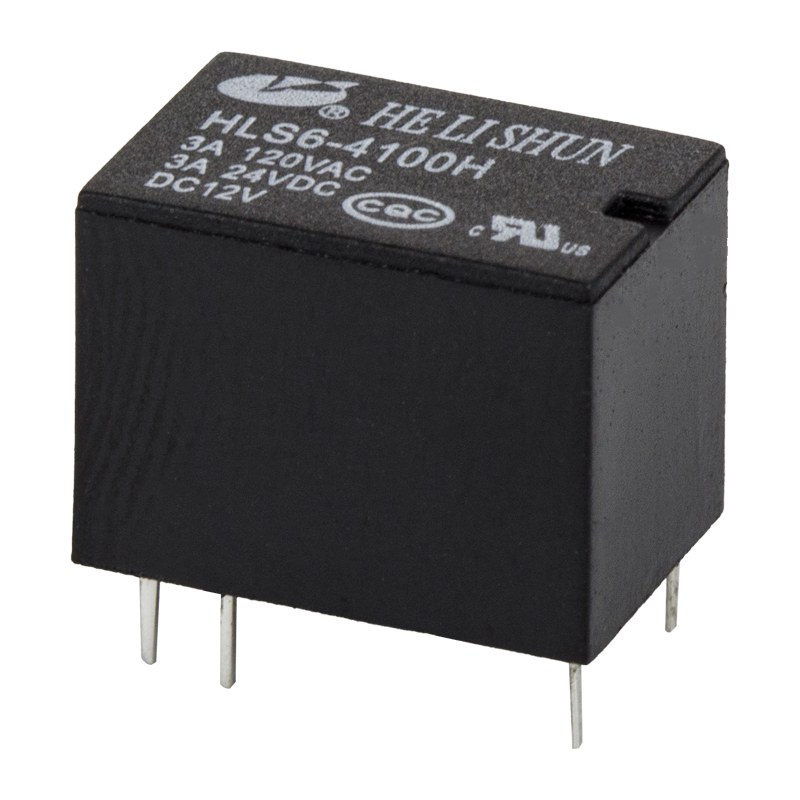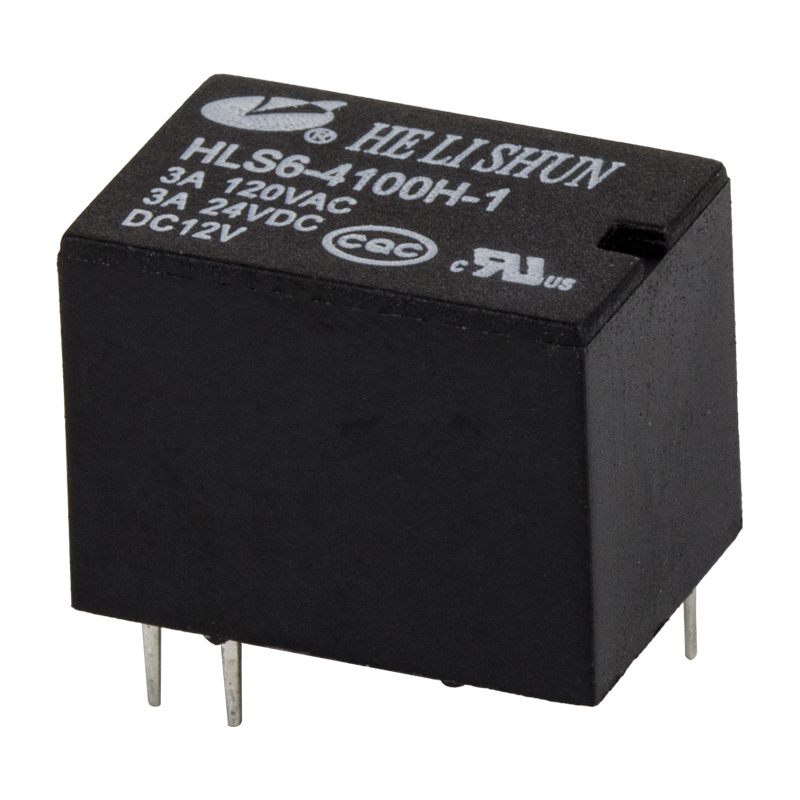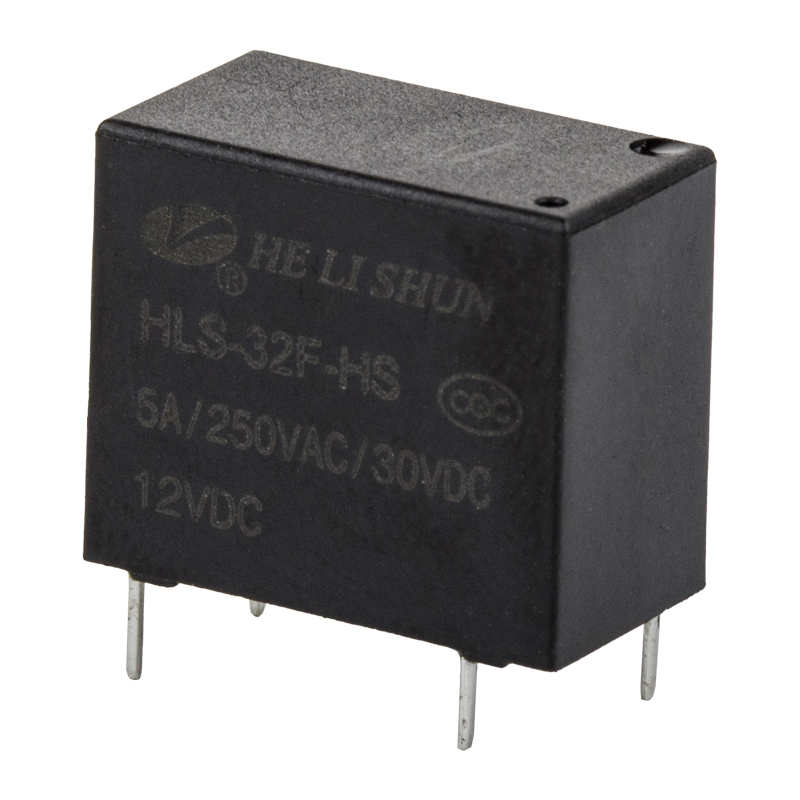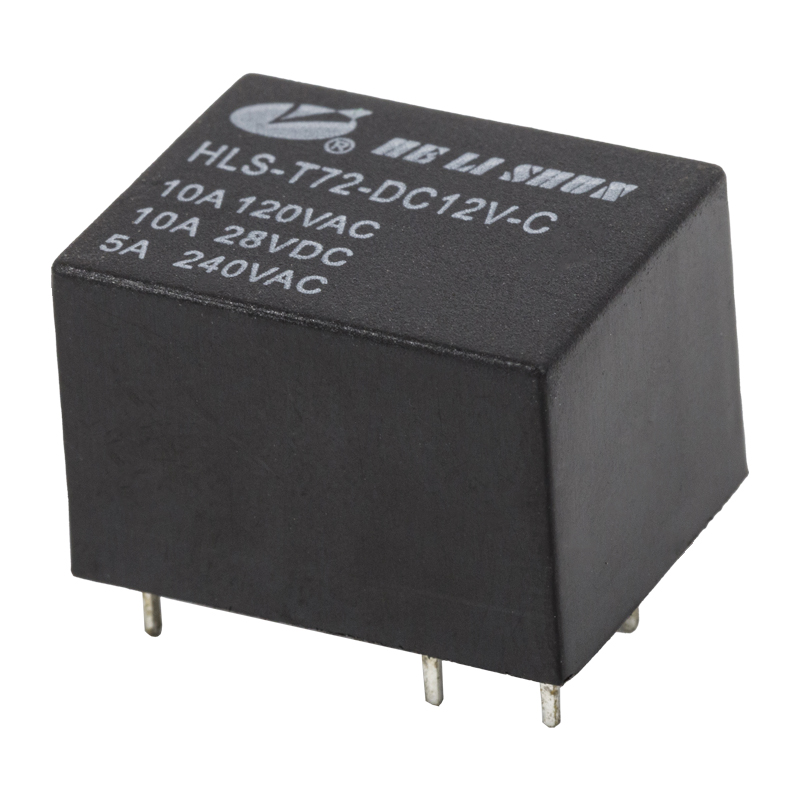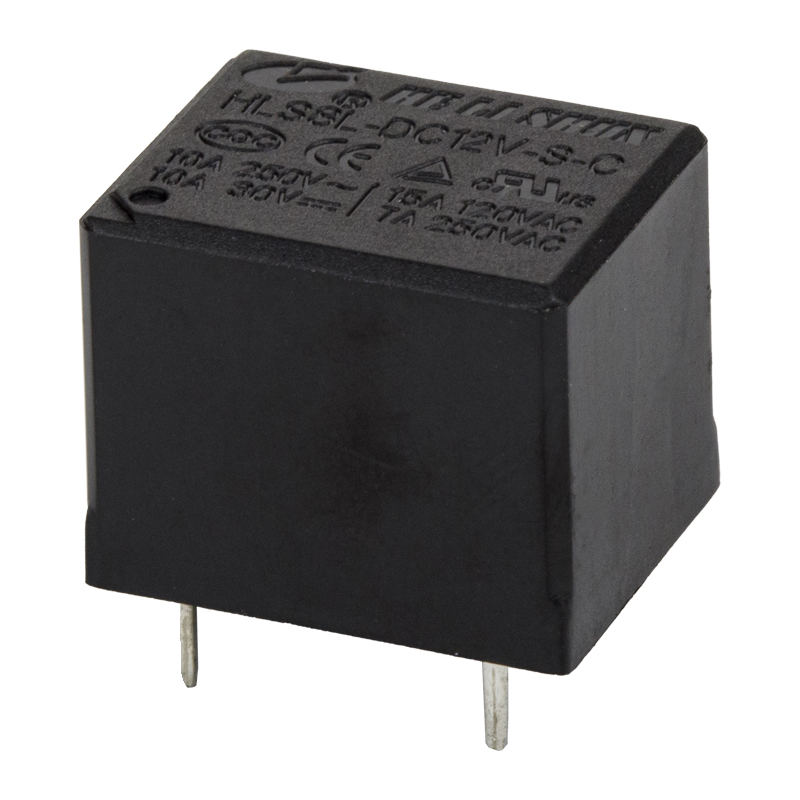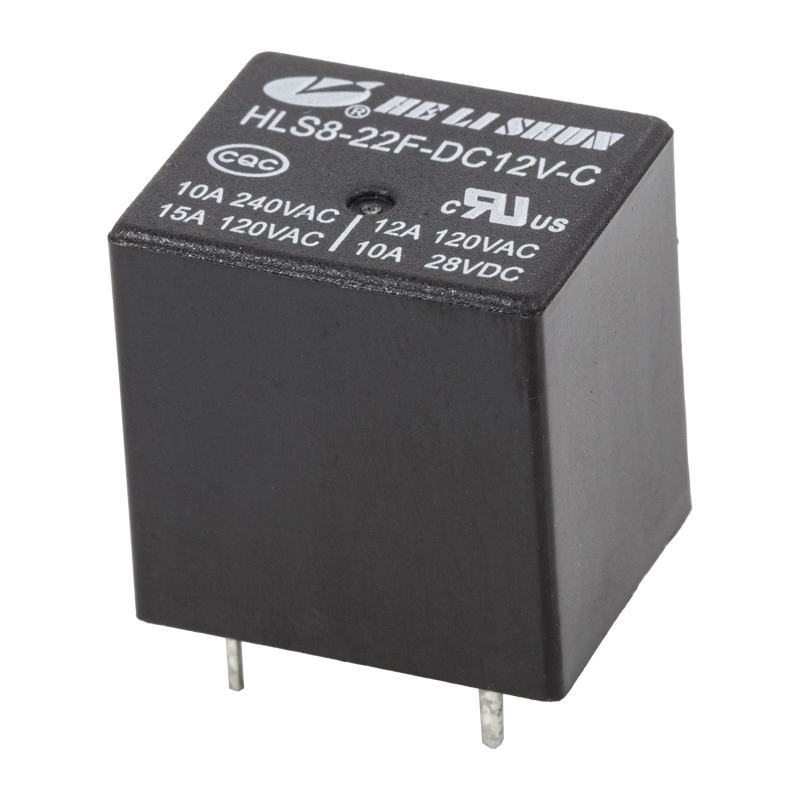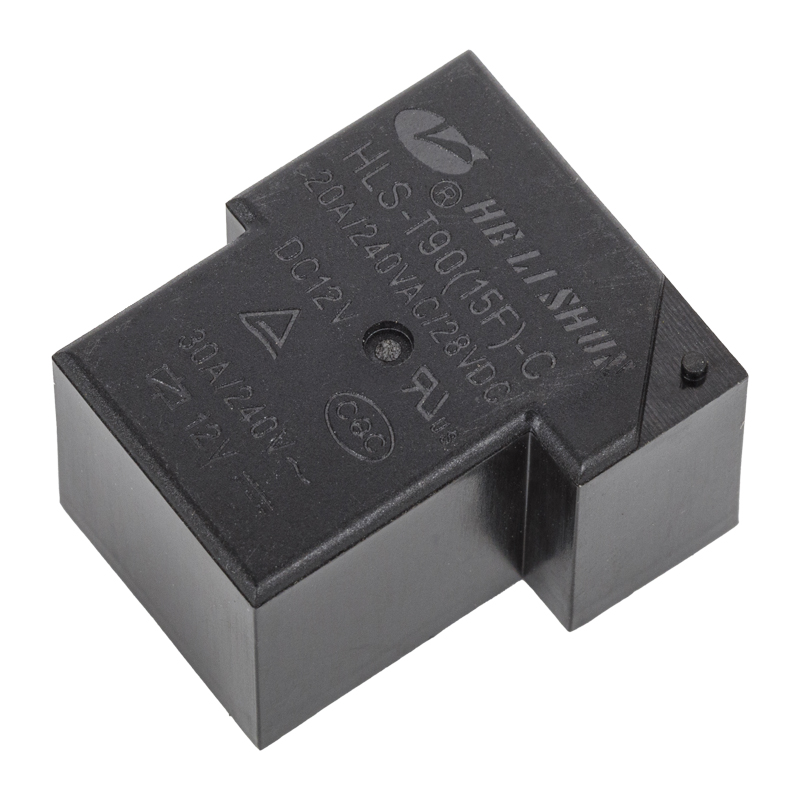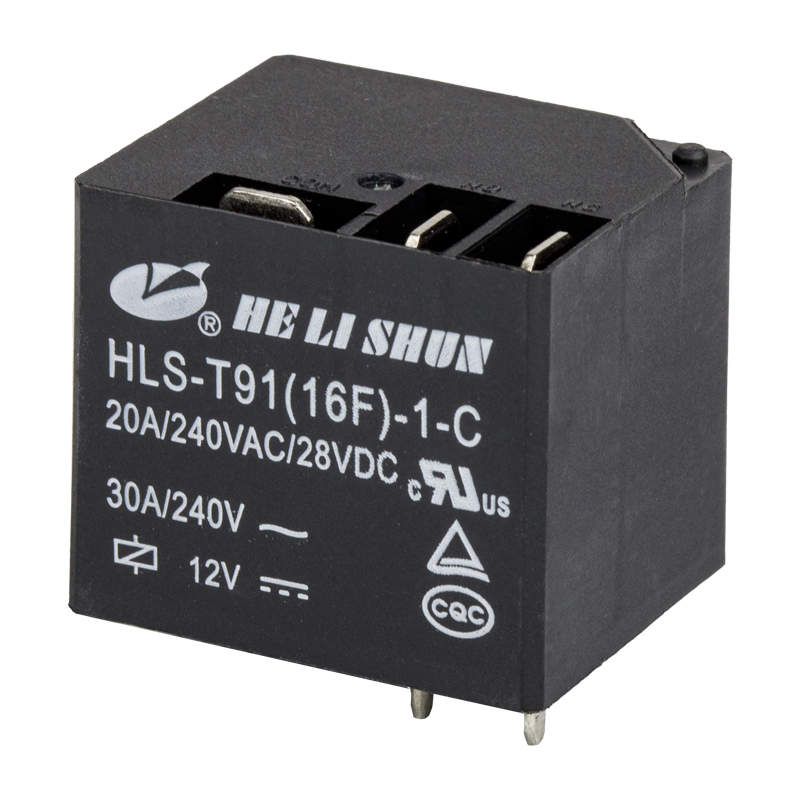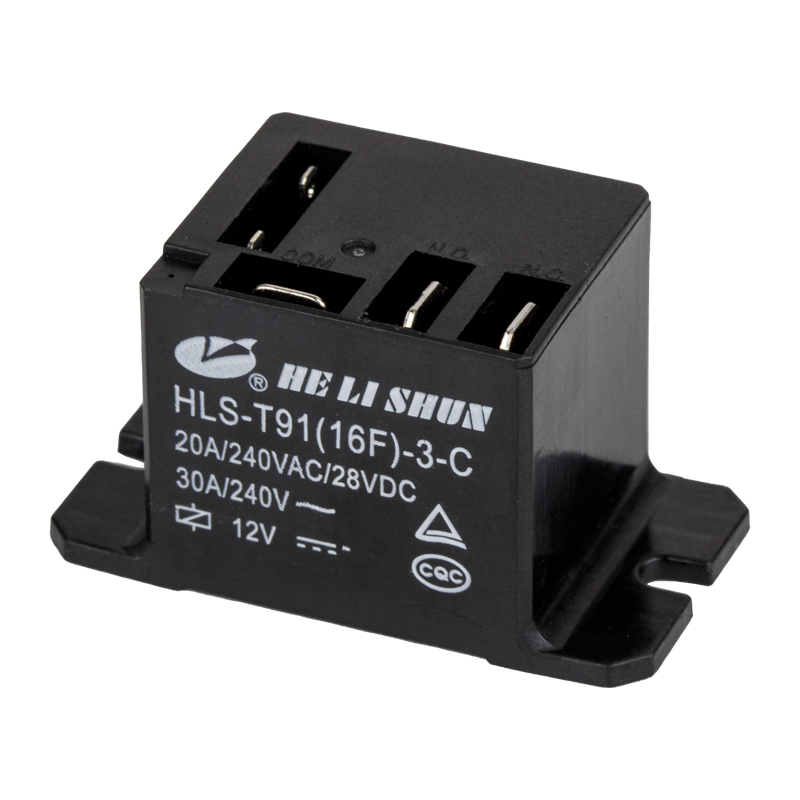A telecom relay is an automatic control device that works on the principle of electromagnetics and is mainly used to control and protect circuits in telecom systems. It controls a larger circuit by receiving a smaller input signal (such as voltage, current or pulse signal) and generating a larger output action (such as the closing or opening of contacts).
1. Basic structure
Coil: It generates a magnetic field when energized and is the "control part" of the relay.
Contacts: They are divided into normally open (NO), normally closed (NC) and common (COM), used to connect or disconnect the circuit.
Casing: It is used to protect internal components and is usually made of insulating material.
2. Working principle
When the coil is energized, a magnetic field is generated to attract the armature, causing the contacts to move (close or open), thereby controlling the on and off of the circuit. When the coil is de-energized, the magnetic field disappears, the contacts are reset, and the circuit returns to its original state.
3. Features
High isolation: There is good electrical isolation between the control circuit and the controlled circuit.
High current switching capability: It can control currents much larger than the input signal.
High reliability: suitable for frequent switching or long-term working scenarios.
Long life: The mechanical structure is reasonably designed and suitable for long-term use.
What are telecom relays used for?
Telecom relays play a vital role in modern communication systems and are widely used in various telecommunications equipment and systems. The main uses include:
1. Automatic control
In equipment such as telephone switches and programmable switches (PBXs), relays are used to implement functions such as automatic dialing, call transfer, and voice mailboxes. For example, when a user makes a call, the relay automatically switches the line according to the instruction to complete the call connection.
2. Circuit protection
In communication power supply systems, relays are used to detect abnormal conditions such as overvoltage, overcurrent, and short circuits, and quickly cut off the circuit to prevent equipment damage. For example, in base station power supply systems, relays can be used as protection switches to ensure safe operation of equipment.
3. Signal conversion
Relays can convert electrical signals into mechanical actions to achieve signal transmission and processing. For example, in signal amplifiers, modems and other equipment, relays are used to control the on and off of signals to achieve time-division multiplexing or switching of signals.
4. Remote control
In remote monitoring and control systems, relays can be used as actuators to achieve remote control of equipment. For example, in remote base station management, operators can send instructions through the control center to control the base station's power on/off or parameter adjustment through relays.
5. Isolation function
Relays have good electrical isolation performance, which can effectively prevent interference between the control circuit and the controlled circuit, and improve the stability and safety of the system. For example, in high-frequency communication systems, relays are used to isolate high-frequency signals from low-frequency control signals to avoid mutual interference.
| Application scenarios | Description |
| Telephone exchange system | Control the connection and disconnection of telephone lines to achieve automatic dialing and call management. |
| Base station power supply system | As a protection switch, it prevents equipment damage caused by overvoltage, overcurrent and other faults. |
| Signal processing system | Control the on and off of signals to achieve time-division multiplexing or switching of signals. |
| Remote monitoring system | As an actuator, it realizes remote control and status feedback of equipment. |
| High frequency communication system | Provides electrical isolation to prevent high-frequency signals from interfering with the control circuit. |




 English
English 中文简体
中文简体
